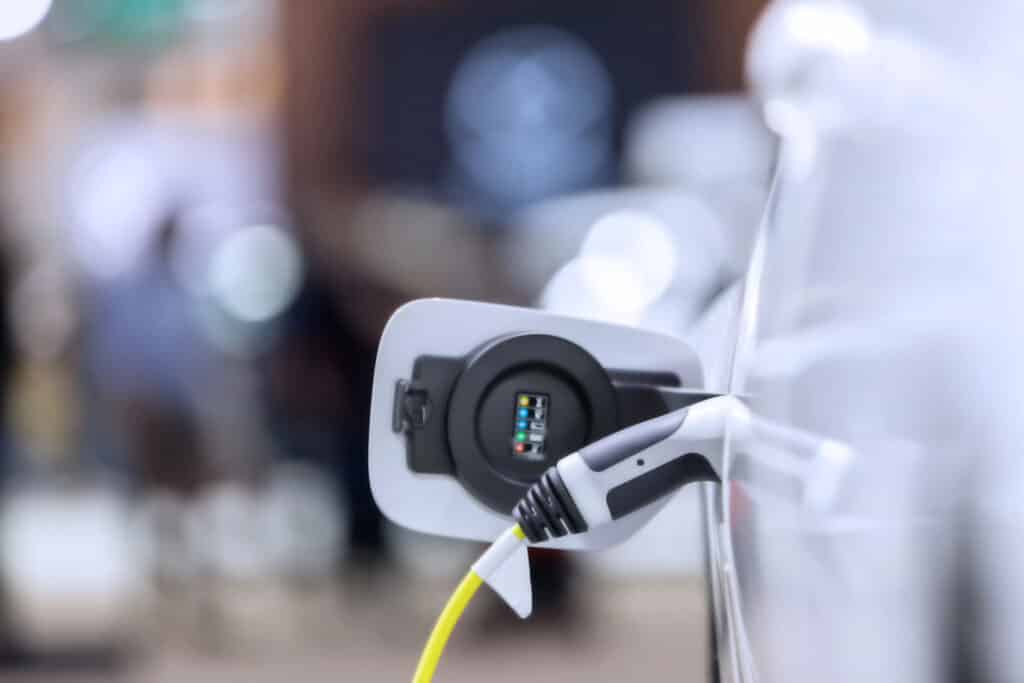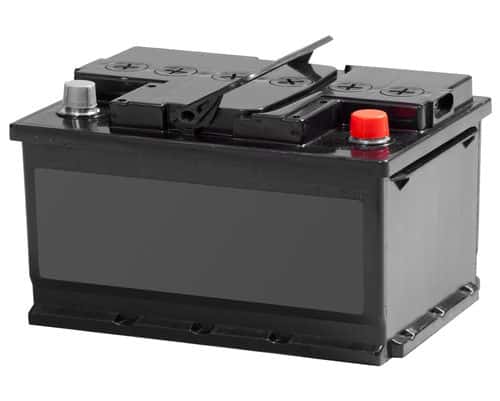When you’re relying on LiFePO₄ batteries to power your gear—or your boat—you’ve already made a smart move. But here’s the thing I’ve learned the hard way: even the best battery can’t perform at its peak if you’re using the wrong charger. Yep, your battery might technically charge, but that doesn’t mean it’s charging well—or safely.
LiFePO₄ batteries are known for being stable, long-lasting, and efficient, but they’ve got specific needs when it comes to how they’re charged. It’s not just about plugging something in and hoping for the best. You’ve got to feed them the right voltage and current, or you’re cutting their lifespan short. So let’s talk about why choosing the right lifepo4 battery charger is a non-negotiable if you want to get the most out of your investment—and avoid frying your power system in the process.

Why Using the Right Charger Matters for Your LiFePO₄ Battery
Think of your LiFePO₄ battery like a performance athlete. It’s got a ton of potential—but it needs the right training and fuel. The LiFePO4 battery charger is the fuel system.
See, these batteries need to be charged with pinpoint accuracy. A charger that delivers the correct voltage and current helps ensure the battery charges fully, safely, and efficiently. Skimping here or grabbing a generic charger that “should work” can actually cause some serious headaches—think overheating, degraded cells, and in some cases, a battery that calls it quits way sooner than expected.
What makes a real LiFePO₄ charger special is its precise charge profile: constant current first, then constant voltage. That gradual slowdown at the top of the charge? It’s not a bug—it’s a feature. And it helps your battery stay healthy over time.
Bottom line? If you want long-term performance and peace of mind, you need a charger built specifically for the job.
Understanding LiFePO₄ Charging Requirements

If you’re charging a LiTime LiFePO₄ battery, you can’t just grab any old power brick off the shelf. There are real rules here—voltage and current matter a lot more than you might think.
Specific Voltage and Current Needs
A fully charged LiFePO₄ cell sits at around 3.65 volts. Overshoot that, and you risk cooking the battery. Undershoot, and you’re just wasting time—your battery never reaches its full potential.
It’s also crucial to know how much current your battery can handle. For example, a 100Ah LiFePO₄ battery can usually take up to 100A when fast charging, but that’s not always ideal for long-term health. Sticking to the recommended current range ensures you get a good balance of performance and longevity.
That’s why a purpose-built lifepo4 battery charger is worth its weight in gold. It’s designed with these needs in mind, so you don’t have to guess.
Constant Current/Constant Voltage (CC/CV) Charging Profile
Charging a LiFePO₄ battery isn’t a one-size-fits-all job—it’s a two-stage dance. First, the charger pumps in a steady current until the battery hits that magic 3.65V. Then, it switches to a constant voltage mode and slowly eases off the current.
This approach not only avoids overheating, but it also helps the battery reach full charge without stress. Think of it as filling a glass of water—fast at first, then more carefully as you near the top. This process is what gives LiFePO₄ batteries their legendary reliability when done right.
Risks of Using Incompatible Chargers

Going rogue with a charger that wasn’t designed for your battery might seem harmless… until it’s not. Here’s what can go wrong.
Overcharging and Undercharging
Too much voltage? You’ll overheat the cells and shorten the battery’s life—if you’re lucky. Worst case? You could permanently damage it or risk a fire.
Too little voltage? The battery never fully charges, and over time, that leads to poor performance and a frustratingly short runtime.
A LiFePO4 battery charger knows exactly how to walk that line—full charge, no overkill.
Improper Charging Profiles
Some chargers just aren’t wired to think in CC/CV terms. They’ll hit your battery with a one-phase blast and call it a day. That’s bad news for LiFePO₄ chemistry, which needs that two-step process to charge safely and efficiently.
In short, a wrong profile = shorter life and less dependable power.
Safety Hazards
The scariest issue? Safety. Using the wrong charger increases the chance of thermal runaway—aka overheating to the point of meltdown or fire.
LiFePO₄ batteries are inherently safer than other lithium chemistries, but they’re not invincible. Give them a charger with built-in protection features (like over-temp shutoff, short-circuit guards, etc.) and you’re adding a much-needed layer of safety.
Benefits of Using Dedicated LiFePO₄ Chargers

A charger designed for LiFePO₄ batteries does more than just get the job done—it does it smarter, safer, and more efficiently.
Precision Charging
These chargers don’t guess; they know. A quality LiFePO4 battery charger keeps your battery topped off just right, avoiding overcharging and undercharging while delivering exactly what the battery needs—no more, no less.
Built-in Protection Features
Overheat shutoff. Short-circuit defense. Overvoltage prevention. These aren’t bells and whistles—they’re your battery’s best friend. And they come standard with a good LiFePO₄ charger.
Efficient Charging Process
Time is money, right? A dedicated charger doesn’t just protect your battery; it also gets it charged faster and with less wasted energy. The CC/CV charging approach makes sure every drop of power goes where it’s supposed to, efficiently and safely.
Selecting the Right Charger for Your LiFePO₄ Battery

Alright, let’s get into the nitty-gritty: how do you pick the right charger?
Compatibility with Battery Specifications
First, check the specs. You need a charger that matches your battery’s voltage and current ratings. Charging a 12V LiFePO₄ battery? Look for a charger designed for 14.6V output (which equals 3.65V per cell in a 4S pack).
This step is non-negotiable. The wrong voltage, even by a little, can cut your battery’s life short.
Quality and Certification
There are tons of chargers out there, but only a handful are truly worth trusting. Look for UL, CE, or RoHS certifications. These badges mean the charger has passed safety and quality checks. Also, stick to brands with a reputation for reliability—cheap knockoffs might save you money upfront, but they’re often more trouble than they’re worth.
Additional Features
Bonus points if your lifepo4 battery charger has LED indicators, auto shutoff, and even Bluetooth monitoring. While not required, these extras make it easier to track charging progress and prevent mishaps. Smart chargers can also auto-detect battery health and adjust output accordingly. Not too shabby.
Best Practices for Charging LiFePO₄ Batteries

A great charger helps, but good habits seal the deal.
Regular Monitoring
Even with a smart charger, it’s a good idea to keep an eye on your battery—especially during charging. Watch voltage levels and temperature, and make sure the charger’s doing what it’s supposed to. Many LiFePO₄ chargers have built-in monitors, which is a bonus.
Environmental Considerations
Charge in a cool, dry space. Extreme temps—either too hot or freezing cold—can mess with the battery’s chemistry. And if you can, keep the charger out of direct sun or damp environments. Ventilation helps too, especially with higher amperage chargers that can get warm.
Maintenance and Storage
If you’re stashing the battery away for the season, make sure it’s sitting at about 30–50% charge—not fully topped off, but not drained either. Give it a once-over every couple of months, and top it up if needed. And always, always use your trusted lifepo4 battery charger when it’s time to power back up.
Conclusion
A LiFePO₄ battery is already a step up—but pairing it with the wrong charger? That’s like filling your sports car with the wrong fuel. It just won’t run the way it should. I’ve seen what a difference a proper lifepo4 battery charger makes—smoother performance, longer life, and way fewer headaches. And with all the safety features built in, it’s one of those rare upgrades that pays for itself over time.
So next time you’re reaching for that charger, take a moment. Make sure it’s the right fit. Your battery will thank you—and you’ll get way more out of every charge.
- 0shares
- Facebook0
- Pinterest0
- Twitter0



